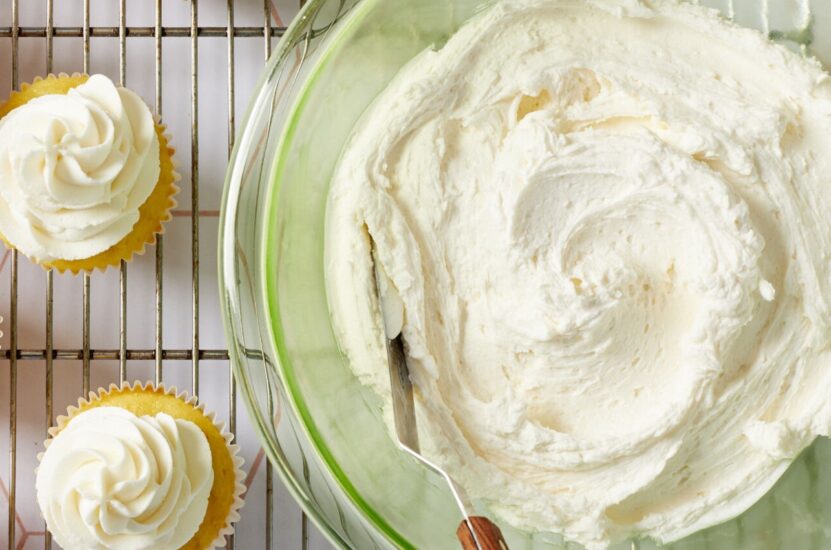The sweet allure of frosting! It’s the crowning glory of many baked delights, adding both flavor and visual appeal.
But, like all good things, it comes with its own set of considerations, especially when it comes to storage. Let’s embark on a flavorful journey to understand the nuances of buttercream frosting and its storage needs.
Fun Fact: Did you know that the term “buttercream” dates back to at least 1786? It’s been sweetening our lives for centuries!
Composition and Characteristics
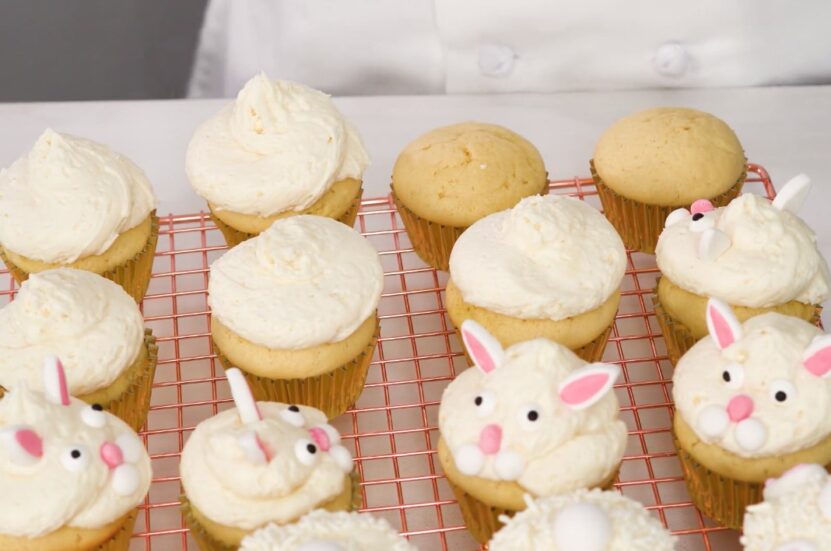
A favorite frosting for many is primarily made of butter, milk, and confectioner’s sugar. Its creamy texture and sweet taste make it a popular choice for cakes, cupcakes, and other desserts.
Depending on the recipe, there are variations like Swiss Meringue buttercream or those that include cream cheese. The ingredients play a significant role in determining its storage requirements.
Pro Tip: Always store buttercream away from strong-smelling foods like garlic and onions. You wouldn’t want your sweet frosting absorbing those scents!
Factors Influencing Storage Requirements
The storage needs are influenced by several factors:
- Sugar Content and Water Activity: The sugar content acts as a preservative, allowing certain types to be stored at room temperature for a few days.
- Presence of Dairy Products: Made with dairy products, especially those with cream cheese, have a shorter shelf life and may require refrigeration.
- Inclusion of Additives or Preservatives: Some commercial buttercreams might contain preservatives, which can extend their shelf life.
Room Temperature Stability
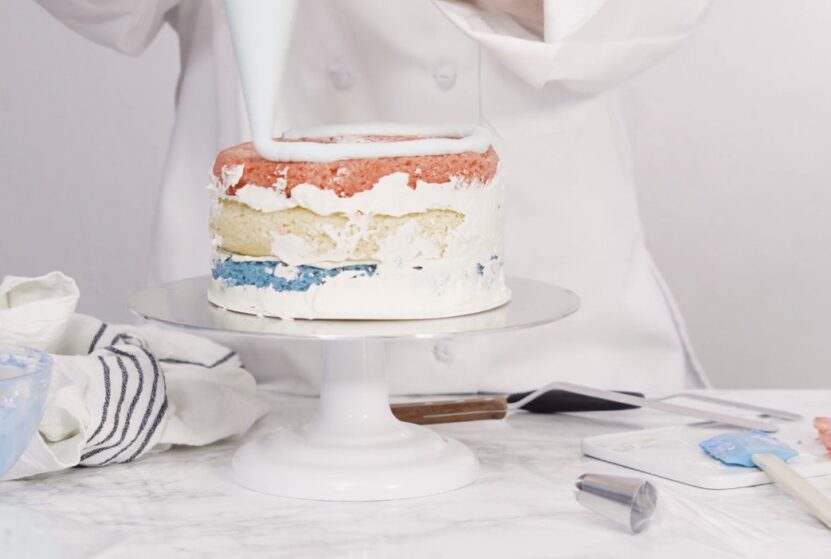
American buttercream, made with butter, milk, and confectioner’s sugar, can generally be kept at room temperature in an airtight container for about 2-5 days, provided the temperature isn’t too warm.
However, if you’re storing it for a few days, placing it in the fridge can help prolong its freshness, allowing it to last up to a week. But remember, if your buttercream contains ingredients like eggs or cream cheese, it’s essential to refrigerate it to prevent spoilage.
Fun Fact: Buttercream can be frozen and can last in the freezer for up to 3 months! Just ensure you thaw and whip it again before use.
Pros and Cons
Refrigerating can extend its shelf life, especially if you’re not planning to use it immediately. When stored in an airtight container, buttercream can last up to two weeks in the fridge.
This is particularly useful if you’ve made a large batch and plan to use it over several days. However, one of the challenges with refrigerating buttercream is that it can harden.
When you’re ready to use it, you’ll need to let it sit out for at least 15 minutes to bring it back to a spreadable consistency. Additionally, refrigeration can sometimes alter the texture of the frosting, making it less fluffy.
It’s essential to mix it well after taking it out of the fridge to restore its creamy texture.
Pro Tip: If you’ve stored it in the freezer, let it thaw overnight in the fridge and then allow it to sit at room temperature for about 15 to 30 minutes before using.
Best Practices for Storage
- Air-Tight Containers: Always store in an airtight container to prevent it from drying out. This also ensures that the frosting doesn’t absorb any unwanted odors from other foods in the fridge.
- Avoiding Temperature Fluctuations: Consistent temperature is key. Avoid moving between different temperatures frequently, as this can affect its consistency and shelf life.
- Importance of Hygiene: Always use clean utensils when handling. Any introduction of contaminants can reduce its shelf life and affect its taste.
Flavors and Storage Considerations
Different flavors and ingredients can influence how you should store buttercream. For instance, German and French, which are made using egg yolks (and custard for the German version), need to be refrigerated immediately due to their perishable nature.
The addition of certain flavorings or ingredients, like fresh fruit purees, can reduce the shelf life. Always consider the most perishable ingredient when deciding on storage.
While American buttercream can sit comfortably at room temperature for a few days, other varieties, especially those with perishable ingredients, need colder storage. Always be aware of the specific needs of the variant you’re working with.
Expert Opinions and Official Guidelines
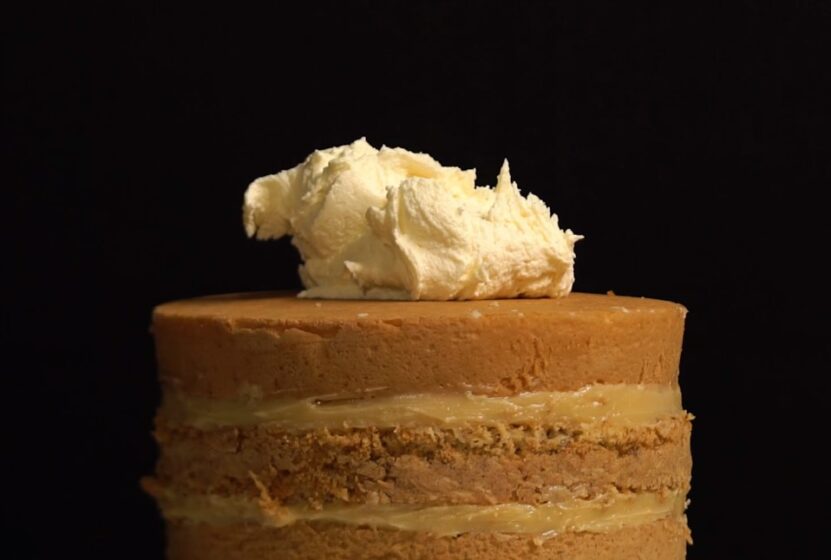
Many baking professionals and food safety organizations have weighed in on the best practices for storing. The consensus is that while most can be left at room temperature for a short period, refrigeration is the safest bet for longer storage, especially for buttercreams containing perishable ingredients like eggs or dairy. Always prioritize safety, especially when serving others.
Fun Fact: Did you know that the high sugar content in American buttercream acts as a preservative, allowing it to be stored at room temperature for a few days?
Common Misconceptions
There’s a lot of information out there about buttercream storage, and not all of it is accurate. Let’s clear up some common misconceptions:
- Buttercream Can Last Indefinitely at Room Temperature: While Americans can stay at room temperature for a few days due to its high sugar content, it doesn’t mean it can stay out indefinitely. Always consider the ingredients and the environment.
- Refrigeration Ruins Buttercream: Not true! While refrigeration can harden it, letting it come to room temperature and giving it a good stir can bring back its creamy consistency.
- All Buttercreams Are the Same: Different types have different ingredients, which means their storage requirements can vary. For instance, those with eggs or cream cheese need refrigeration.
Fun Fact: The color can change slightly when refrigerated. Don’t be alarmed; it will return to its original hue once it reaches room temperature!
Additional Tips
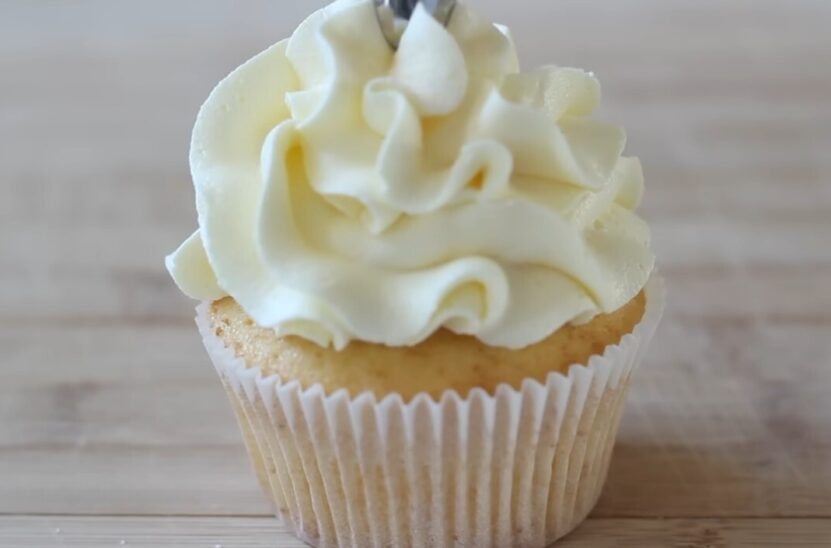
- Reviving Chilled Buttercream: it has been in the fridge and has hardened, simply let it sit out for a bit. For a quicker solution, you can microwave it on 50% power for short intervals, stirring in between, until it’s spreadable.
- Making Fresh When Needed: While storing is great, nothing beats the taste of fresh buttercream. If possible, try to make just enough for your baking project. But if you do have leftovers, remember the storage tips!
Pro Tip: If you’ve colored it, store it in the same way you would regular. Before using it again, give it a good mix to ensure the color is even.
Recipe Spotlight
Looking for a simple yet delicious recipe? Here’s one to get you started:
Ingredients:
- 1 cup unsalted butter, softened
- 4 cups confectioner’s sugar
- 2-3 tablespoons milk or cream
- 1 teaspoon vanilla extract
- Pinch of salt
Method:
- In a large mixing bowl, beat the softened butter until creamy and smooth.
- Gradually add in the confectioner’s sugar, milk, vanilla extract, and salt.
- Beat until the mixture is smooth and spreadable. If it’s too thick, add a bit more milk. If it’s too thin, add more confectioner’s sugar.
FAQ
Can I freeze buttercream frosting?
Yes, it can be frozen and can last in the freezer for up to 3 months. Ensure you thaw and whip it again before use.
How does the addition of flavorings affect buttercream’s shelf life?
Certain flavorings or ingredients, like fresh fruit purees, can reduce the shelf life. Always consider the most perishable ingredient when deciding on storage.
Is it safe to leave buttercream frosting at room temperature overnight?
Americans can stay at room temperature for a few days. However, buttercreams with perishable ingredients like eggs or cream cheese should be refrigerated.
How can I restore the creamy texture of refrigerated buttercream?
Let it sit out for about 15 minutes to bring it back to a spreadable consistency. Giving it a good stir can also help restore its creamy texture.
Final Words
Buttercream frosting, with its creamy texture and delightful sweetness, is a favorite for many bakers and dessert enthusiasts. However, its storage is crucial to maintain its taste, texture, and safety.
By understanding the ingredients, quantity in packaging, and their specific storage needs, you can ensure that your buttercream remains fresh and delicious. Whether you’re a seasoned baker or just starting, always prioritize safety and freshness.
After all, a well-preserved buttercream can elevate your baked goods to new heights!
